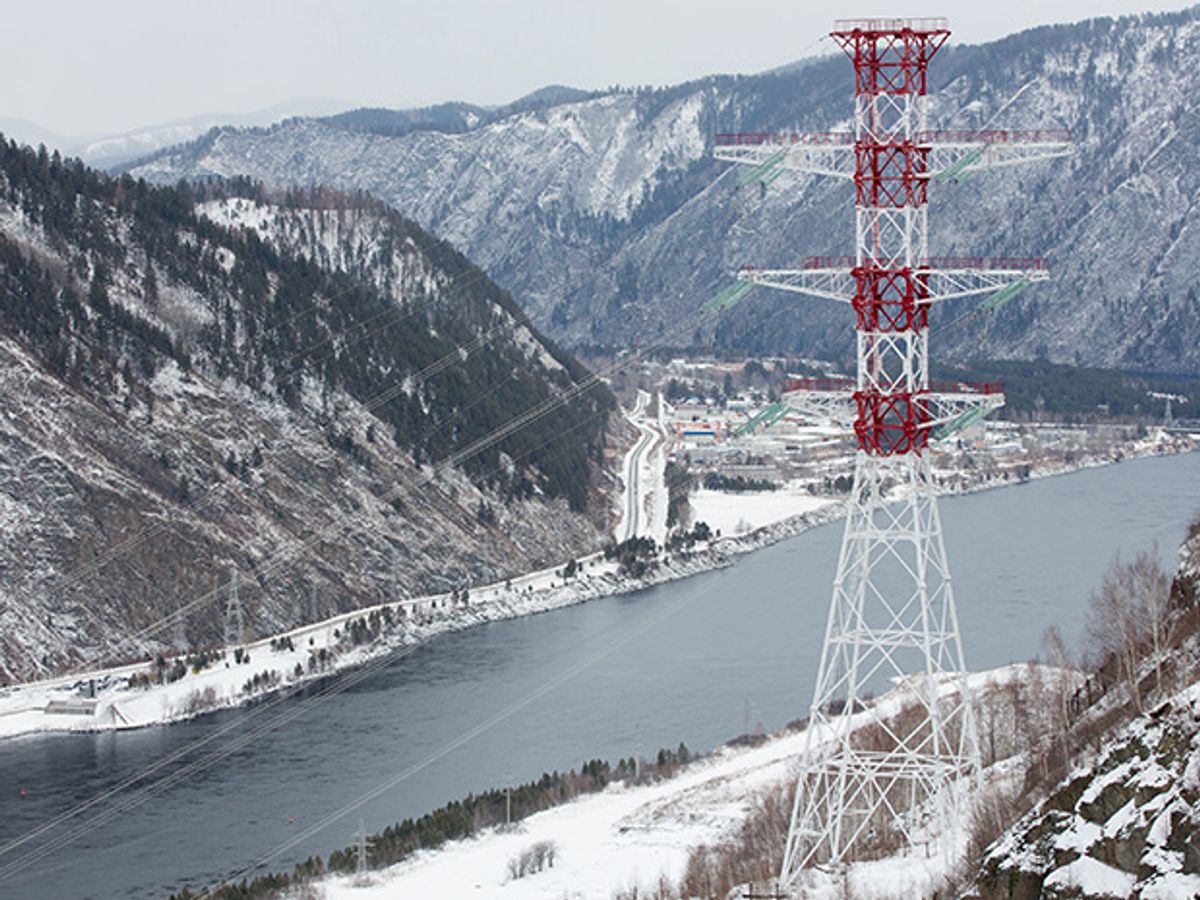Russia and Central Asia could rely on an economically viable 100 percent renewable energy system—wind and solar—in 2030, says a report commissioned by the Neo-Carbon Energy Research Project in Finland. (By economical they mean a price per kilowatt-hour slightly higher than € 0.045 but lower than the cost of energy produced by today’s solar plants.) It’s highly doubtful that Russia will actually move to such an energy system, according to the report’s authors, but their simulation at least showed that it’s possible.
The report was presented on 12 December at the “Research Workshop on Global Trends and Uncertainties in the Energy Sector” at the Higher School of Economics, Moscow. It is the most recent of a series created by a research team at the Lappeenranta University of Technology (LUT) in Finland, lead by professor of solar economy Christian Breyer
The analysis is in line with other reports created by the team for North-East Asia, South-East Asia (including China), South America, and Finland, explains Breyer. “What we found is that in all the regions where we did the modeling, simulation results show that a 100 percent renewable energy supply is possible at low cost.” One of the important results is that the energy will be 50 to 80 percent cheaper than a fossil-fuel based energy supply with carbon capture and storage, clearly showing that carbon capture is not a way forwards, says Breyer.
These reports are the fruit of the LUT Energy System Model, a software system that is still in development. It operates on an input of a detailed collection of projections for 2030 that include weather conditions, biomass, geothermal and hydraulic energy sources, natural gas reserves, expected power demand, grid structure, economic and trade trends, financial aspects of hardware and structures, energy distribution, storage and conversion to gas, and even the 3 percent of produced electricity that remains unused.
As with the other investigated geographical areas, the core generation is solar and wind, but the distribution between the two technologies can vary widely, says Breyer. ”There are huge differences: in India solar is the key technology, while in Eurasia we found that the wind share is the highest at 50 to 60 percent. “What is more interesting is that in Eurasia there is more wind power available where there is more demand,” says Breyer.
In the Russia of 2030, photovoltaic energy would only supply 14 percent of the 550 gigawatts anticipated total energy production capacity (which corresponds to the power output of 500 large nuclear reactors), while wind power would amount to about 60 percent of the total capacity.
The surveyed region, Russia and a number of former Soviet states in Central Asia, is huge, and therefore the researchers divided it for the modeling into 14 to 18 regions with different interconnections. An efficient network for energy exchange combined with local energy production would need less storage capacity, thus increasing the overall efficiency of electricity supply.
Now the question is this: Is Russia, with its coal and nuclear plants, and relatively little installed solar and wind energy as compared to its neighbors, prepared to embark on a large scale development of renewable energy?
“I think, not yet. When you start to analyze the current power plant infrastructure then you notice that Russia and Central Asia is the region in the world with the lowest level of new renewables in the system. There is practically no investment in photovoltaic or wind energy, perhaps a total of one or two gigawatts. There is a lot of insecurity and investors are not very interested in investing in new projects,” says Breyer.
Things could change, however, if Russia would look at China, where the most important two drivers are the need for a low-cost power source for industry and the fact that the current energy system is extremely expensive, says Breyer. ”Currently there are more than a million people dying of lung cancer per year because of air pollution caused by coal. The total cost of coal-fired electricity is twice that of the total cost of solar and wind,” says Breyer.
The research represents the first step in LUT’s renewable energy plans. ”The second step will include mobility [electric cars] and heating. The third step will start from today’s capacities, going up to 2050 with a five-year time slice system, and show which technologies should be fazed out and which new technologies should come online,” says Breyer.



